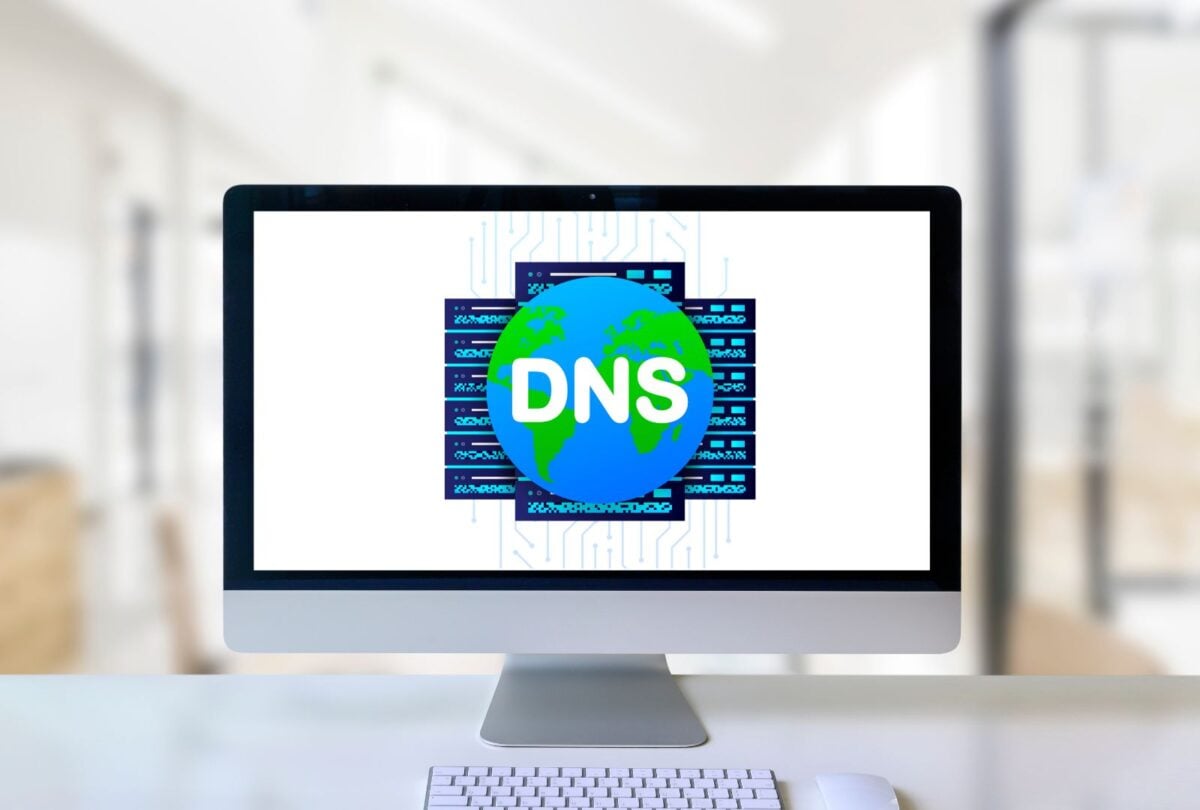Table of Contents

The Domain Name System (DNS) plays a vital role in making sure your website is accessible by translating domain names into IP addresses. Whether you’re changing hosting providers, configuring email services, or just updating your settings, knowing how to update your domain settings is crucial. In this guide, we’ll cover how to update DNS settings on GoDaddy, NameCheap, and other popular registrars.
Why Updating Your DNS Matters
Your DNS settings determine where your domain points and an incorrect configuration can lead to downtime or lost emails. Common reasons for updating DNS include:
- Switching hosting providers
- Setting up a Content Delivery Network (CDN)
- Configuring email services like Google Workspace or Microsoft 365
Knowing how to update these settings is essential to ensuring the smooth operation of your website or online services.
How to Update Your DNS Records
Let’s break down the process of updating your records across popular platforms. While steps may vary slightly between registrars, the general principles remain the same.
1. Log into Your Registrar Account
Your domain registrar is where you registered your domain name (e.g., GoDaddy, Namecheap, or Cloudflare). Log in to your account and navigate to the DNS management or nameserver settings section.
2. Locate DNS or Domain Management
Find the section labeled “DNS Settings,” “Manage DNS,” or similar terms. This is where you’ll update your records.
3. Update Nameservers (Optional)
If you’re migrating to another hosting provider, they may ask you to update your nameservers. Replace your current nameservers with those provided by your new hosting provider.
Learn more on how to update DNS Nameservers on GoDaddy, Namecheap, Dynadot, and 123 Reg here.
4. Edit Existing Records or Add New Ones
Identify which record type you need to update. Here are the most common record types and what they’re used for:
- A Record: Points your domain to an IP address (e.g., your website’s server).
- CNAME Record: Points one domain to another (e.g., www to your root domain).
- MX Record: Directs email to your mail server.
- TXT Record: Used for verification, security, and other services.
Once you know which record to edit or add, enter the required information provided by your hosting or email provider.
Learn more on how to update DNS Records on GoDaddy, Namecheap, Dynadot, and 123 Reg here.
5. Save Changes
Save your updates and allow time for propagation, which can range from a few minutes to 48 hours.
Best Practices for Domain Configuration
Back-Up Existing Records
Before making any changes, it’s always a good idea to back up your existing DNS records. Most domain registrars allow you to export your current DNS settings, which can be a lifesaver if something goes wrong.
Understand Record Types
- A Record: Points your domain to an IP address.
- CNAME Record: Alias for another domain name.
- MX Record: Directs email to your mail server.
- TXT Record: Used for various verification purposes and security settings
Monitor Propagation
Once you’ve made changes, monitor the propagation status using online tools like What’s My DNS to ensure the updates are reflected globally. Changes can take a while to propagate, so be patient during this process.
Work with Your Hosting Provider
If you’re unsure about the values you need to input for records, don’t hesitate to consult your hosting or email provider’s documentation or support team. They can guide you through the specific DNS settings you need for their services.
Common Domain Issues and Troubleshooting
Changes Not Taking Effect
- TTL Settings: Ensure your TTL (Time to Live) is set appropriately.
- Clear Local Cache: Sometimes, your computer may cache the old settings. Clear your browser or system cache to see the changes.
Website or Email Downtime
- Ensure your records are correctly configured.
- Use tools like Pingdom or UptimeRobot to monitor.
Propagation Delays
Changes can take up to 48 hours to propagate fully. Be patient and check periodically to see if your updates have taken effect.
Conclusion
Updating your domain settings doesn’t have to be complicated. By understanding the process and following the steps outlined above, you’ll ensure your website runs smoothly and avoid unnecessary downtime or connectivity issues. Remember, taking the time to double-check your configurations can save you from potential headaches later on.
If the process feels overwhelming, or if you’d prefer to have a professional handle it, don’t hesitate to reach out to us at Pressific. Our team is here to ensure your website and digital infrastructure are optimized and running seamlessly.






